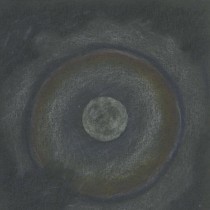

 147w
147w


 152w
152w

 147w
147w

 147w
147w

 147w
147w

 147w
147w

 147w
147w

 147w
147w

 147w
147w

 147w
147w

 147w
147w

 147w
147w













